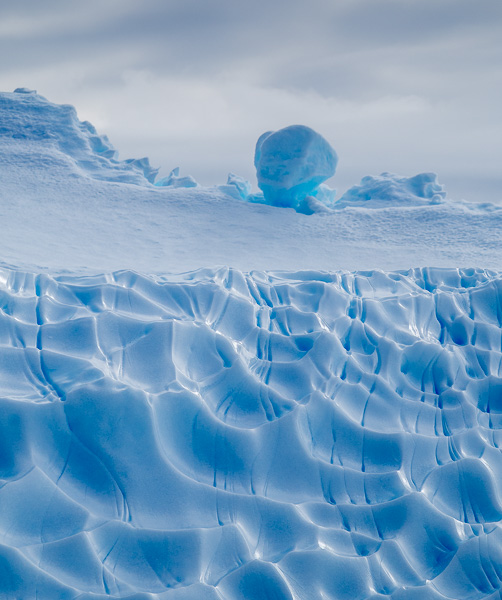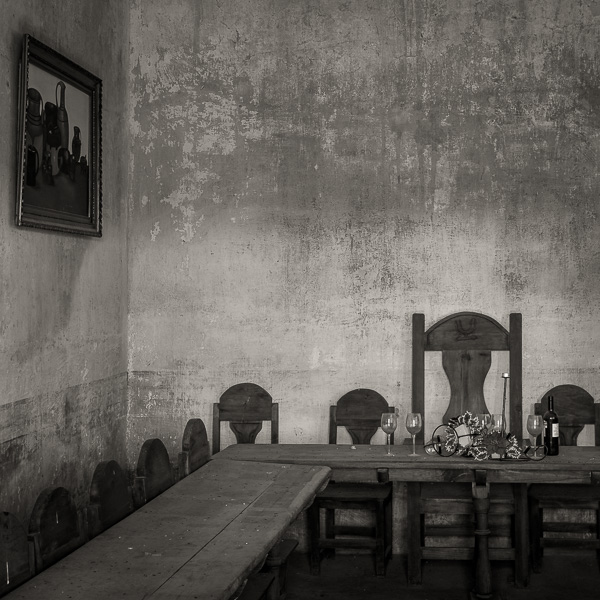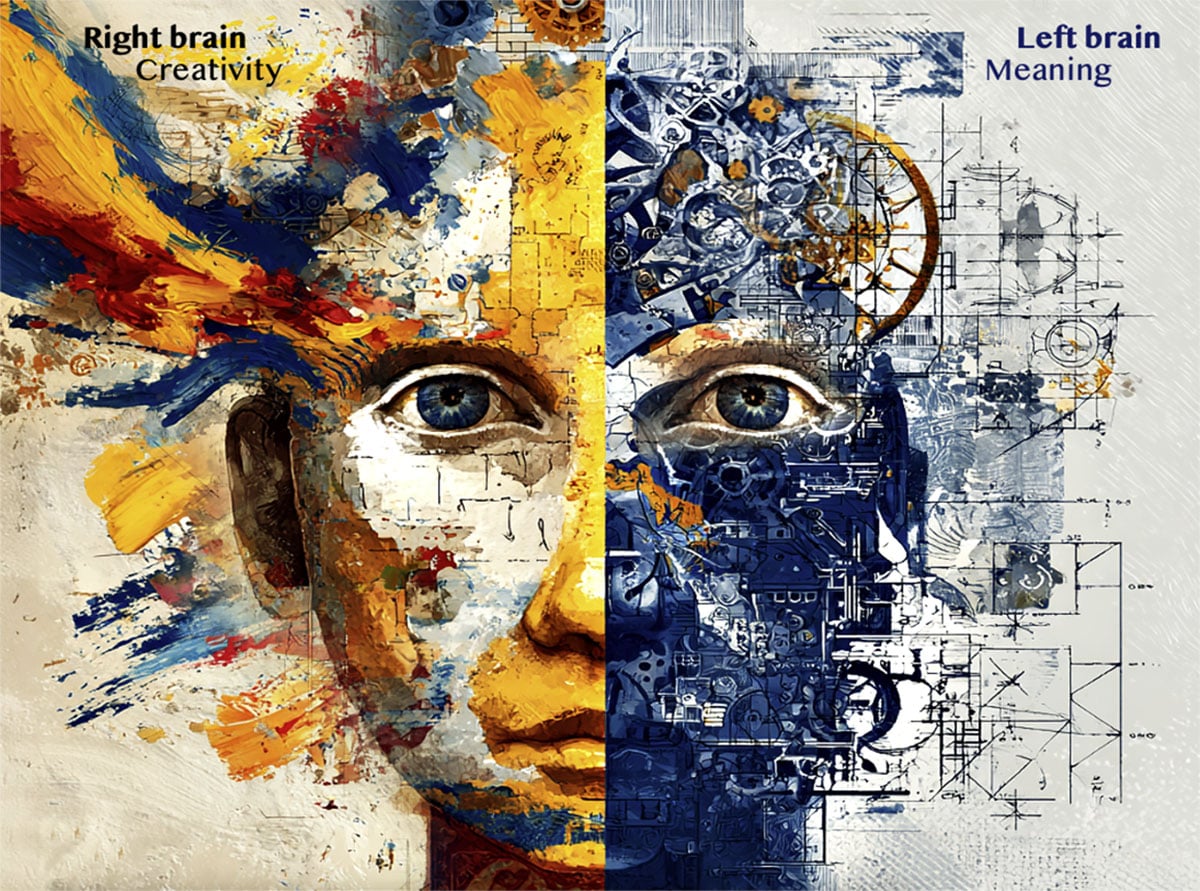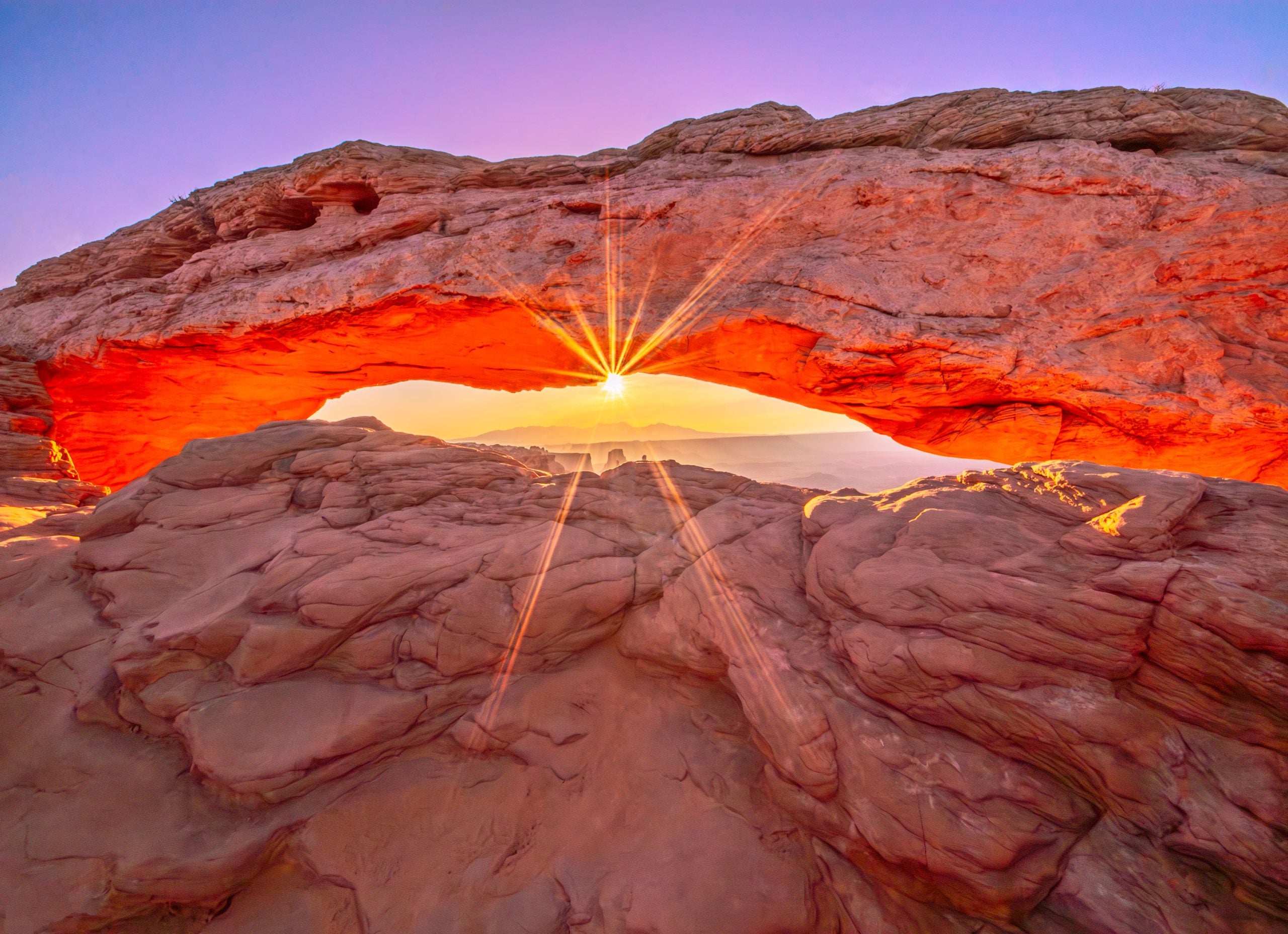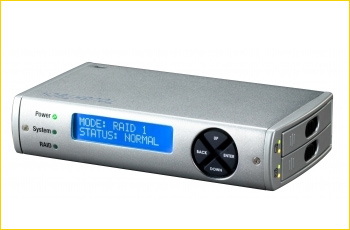
It’s a cliche, but one worth repeating – “The question isn’t whether a hard drive will fail, only when”. Never had a drive failure? You’re lucky, because eventually it happens to everyone. And if you don’t have a backup of your files, you’re SOL (Sh– Out of Luck).
In the office or studio back-ups can be straightforward. Apple hasTime Machine, and there are a variety of backup programs for Windows and Macs that will make sure that your files are in more than one place. A RAID system is highly recommended, because depending on how it’s configured, it can simultaneously write to two drives at the same time. In the event that one fails, you have a backup, and the second drive’s data can be automatically rebuilt when a new drive is installed. This is called RAID 1.You can find out more about the different flavours of RAID here.
What To Do On The Road?
Photographers who travel or work on location are faced with the added issue of guarding their precious image files against not just errant hard drives, but also physical loss or theft of the drives. Until recently what I’ve been doing is to bring two drives with me, and when I import my files from cards I make sure that they are backed up every day. I keep these drives seperately when I travel – one in my briefcase, one in my camera bag. That way if one gets lost or stolen, or crashes, I always have the other.
This system works, but I find it tedious to have to keep track of which files have been backed up, and my Lightroom library also needs to be updated daily so that any work that I’ve done in the field is also kept concurrent on both drives. Do-able, but it takes some discipline and effort.
I recently found out about an interesting new self-contained and portable Raid 1 system and have been using it successfully for the past month or so. It is from WiebeTech Micro Storage. This is not a name that you may be familiar with, but they make a unique portable bus-powered RAID hard drive enclosure called theToughTech Duo QR.
ToughTech Duo QR

The TTD (to give it a short handle) is relatively small but hefty. It measures 3.5″ x 6.26″ x 1.34″ (89mm x 159mm x 34mm), just a bit larger than a Lacie 1T drives. The TTD ships with a table stand and also a full complement of cables. As can be seen from the illustration above there are dual Firewire 800 ports as well as ESATA and USB2. Though there is a DC power plug, and provided adaptor, when connected via Firewire 800 the unit with two drives aboard can run on bus power, making it very convenient for travel. No AC power needed.
The drive has a built-in hardware RAID controller and can be set to either RAID 0 or RAID 1. I was interested in the TTD for in-the-field backup security, so I have only tested it in RAID 1 configuration.
WiebeTECHsells the TDD with and without drives. Just about any 2.5″ SATA drive can be used, but the company makes things easy by selling the unit preconfigured with a variety of Windows or Mac formatted drives. I got mine with two 750GB 7200rpm HFS+ formatted for Mac. The price in this configuration was $789, while a bare chassis is $499.

In a RAID 1 configuration when you save data to the unit it is written simultaneously to both drives. This means that even if one of the drives were to suffer a head crash, destroying your files, it can beautomaticallyrebuilt when a new drive is installed. The TDD is also constantly monitoring the drive’s internal temperature; (heat is one of the greatest causes of drive failure).
Drive Failure and Backup
While knowing that your data is secure on two separate drives is reassuring, this still doesn’t prevent loss due to theft or physical damage. The way to address this is by having a third matched drive. Whenever you deam it appropriate, unmount the unit and simply pop open one of the drive doors. Pull out the tray, remove the drive, and replace it with a new one. Pop the tray back in and when remounted the TDD will rebuilt all of the data automatically. You can even continue working while it does this. Now, take the removed drive and put it somewhere safe, separate from the TDD.

This is also what one does when a drive fails. Pop it out and replace it with another drive. Data recovery is automatic.
My experience with the ToughTech Duo QR has been completely satisfactory. There are simpler and less expensive field solutions, but none that I know of that are as straightforward and compact. The price for the unit itself may seem high, but then what’s the cost of losing your files while in the field?
June, 2011
Read this story and all the best stories on The Luminous Landscape
The author has made this story available to Luminous Landscape members only. Upgrade to get instant access to this story and other benefits available only to members.
Why choose us?
Luminous-Landscape is a membership site. Our website contains over 5300 articles on almost every topic, camera, lens and printer you can imagine. Our membership model is simple, just $2 a month ($24.00 USD a year). This $24 gains you access to a wealth of information including all our past and future video tutorials on such topics as Lightroom, Capture One, Printing, file management and dozens of interviews and travel videos.
- New Articles every few days
- All original content found nowhere else on the web
- No Pop Up Google Sense ads – Our advertisers are photo related
- Download/stream video to any device
- NEW videos monthly
- Top well-known photographer contributors
- Posts from industry leaders
- Speciality Photography Workshops
- Mobile device scalable
- Exclusive video interviews
- Special vendor offers for members
- Hands On Product reviews
- FREE – User Forum. One of the most read user forums on the internet
- Access to our community Buy and Sell pages; for members only.






